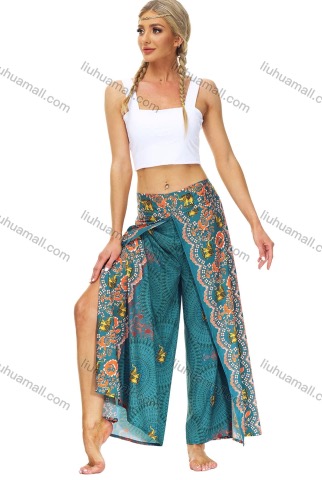While the methods used to make polyamide fabrics may vary from manufacturer to manufacturer, they are all alike in being derived from polyamide monomers. In some cases, polyamides may be derived from other sources, but the most common source of these monomers is petroleum oil.
This fossil fuel is also known as crude oil, and it is the base material for a number of different types of plastics and fuel. Petroleum oil is a non-renewable resource, and great lengths are taken to obtain it. Additionally, this base ingredient is inherently a pollutant, which means that the process of producing polyamide fabrics cannot be considered to be environmentally-friendly.
The monomer that is most commonly used in the production of polyamide fabrics is known as hexamethylenediamine, which is also known as diamine acid or just diamine. Nylon 6,6 is the most popular type of polyamide fabric, and this type of nylon is produced when diamine is combined with adipic acid.
Black Pique Polyamide V Neck
A chemical reaction occurs when these two compounds contact each other, and the diamine acid reforms into a repeating chain of monomers that is called a polymer. The polymer known as nylon 6,6 takes the form of a salt, and when this salt is heated, it becomes molten.
Once a polyamide fabric manufacturer has obtained this molten material, it is passed through a metal spinneret with a process called extrusion. The molten polyamide immediately hardens after it is extruded through the spinneret, and it is then loaded onto a type of spool called a bobbin.
During the extrusion process, a large quantity of water is used to cool the molten nylon. Depending on the manufacturer, this contaminated water may or may not be disposed of properly.
After the polyamide fibers are loaded onto bobbins, they are stretched to improve their elasticity and strength. Next, a process called “drawing” is used to arrange the molecules in the polymer fiber in a parallel structure; the fibers are loaded next to each other on a spool, and once this process is complete, the polyamide fiber is ready to be spun into fabric. In most cases, this type of fiber is mixed with other textiles as it is woven into textile products for consumer use.
